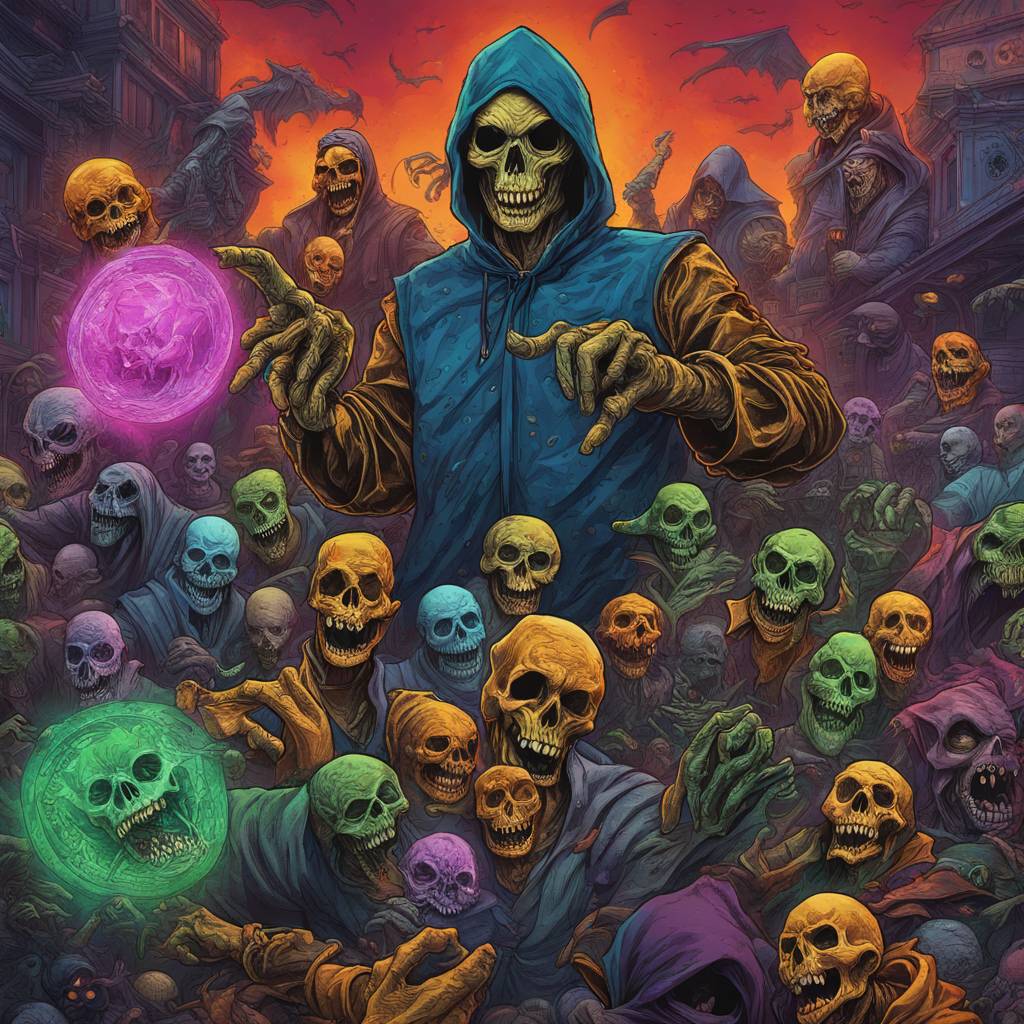With Bitcoin experiencing a resurgence in value, the focus is once again on blockchains, which are now more valuable than ever. Despite many having limited users, over 50 blockchains are currently worth more than $1 billion. A prime example of this is Ripple Labs, the creators of XRP, which was once valued at $132 billion during the 2018 crypto frenzy. However, Ripple’s primary goal of revolutionizing interbank transfers has not materialized, leading to questions about the utility of its blockchain. Despite this, XRP still maintains a market value of $36 billion and continues to be actively traded.
The cryptocurrency landscape is filled with so-called “zombie” blockchains, with over 50 trading at values of more than $1 billion, despite having limited functionality and users. These blockchains, including XRP, focus on speculative trading rather than actual utility. With the recent approval of spot Bitcoin ETFs by the SEC, the crypto market is booming, leading to a combined market value of $116 billion for these zombie blockchains. However, the lack of concrete uses for these platforms raises concerns about their long-term viability.
Ripple, one of the prominent zombie blockchains, has a significant amount of XRP tokens in escrow, providing it with the resources to continue operations for years to come. With billions in reserves, these blockchains are not under pressure to shut down, despite their limited utility. However, the lack of regulatory oversight and shareholder accountability raises questions about the sustainability of these crypto projects in the long run.
Many of these zombie blockchains are spin-offs or competitors to established blockchains like Bitcoin and Ethereum. Despite claims of technological improvements, these platforms often lack real-world applications beyond speculative trading. Litecoin, Bitcoin Cash, Bitcoin SV, Ethereum Classic, and Cardano are examples of these zombie blockchains, trading at high valuations with minimal fees generated from transactions.
Shorting these zombie blockchains is challenging due to the volatile and irrational nature of the crypto market. While some may seem like promising investments based on the popularity of their creators, the underlying projects often lack real utility or viability. As the crypto market continues to grow, with thousands of cryptocurrencies listed on exchanges, investors need to exercise caution and conduct thorough research before investing in these zombie blockchains.















